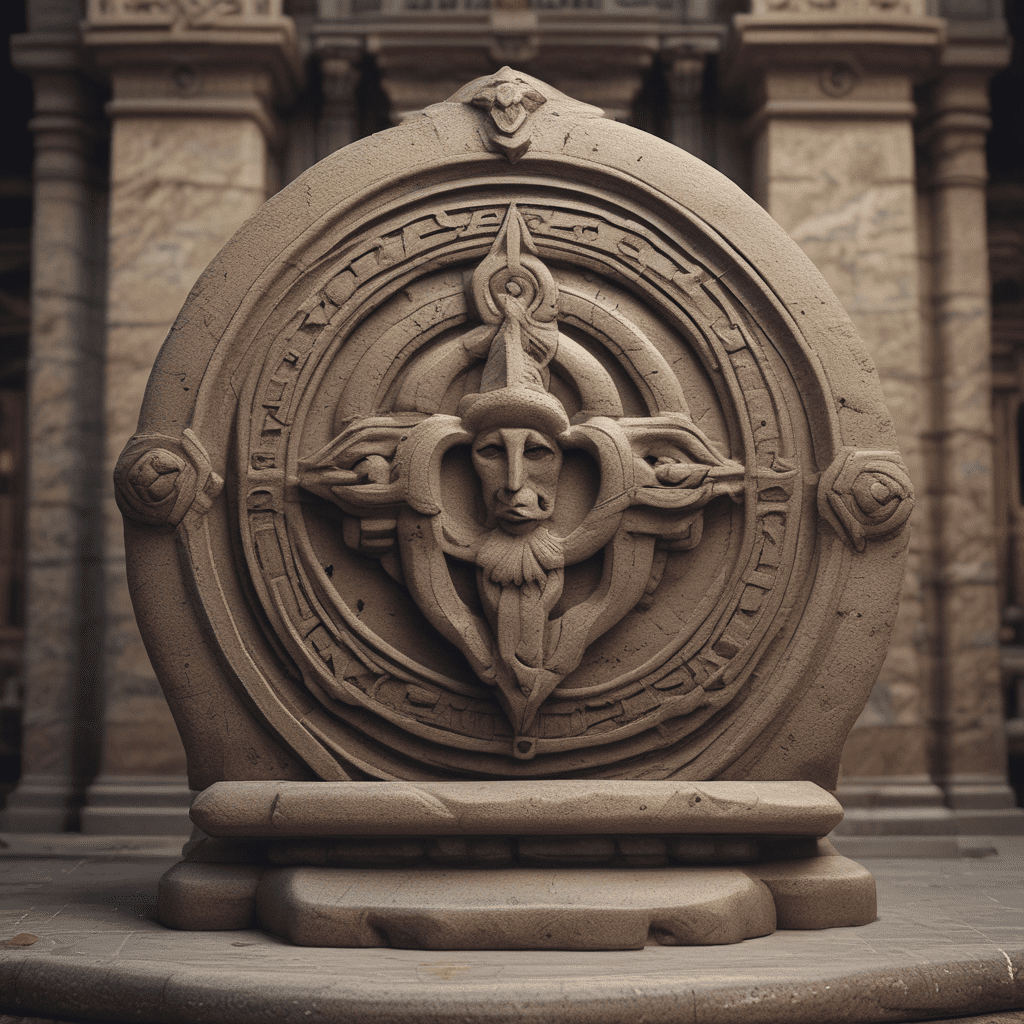The Art of Armenian Stone Masonry and Carving Techniques
Armenia, known for its rich cultural heritage, boasts a long history of intricate stone masonry and carving techniques that have withstood the test of time. Let’s delve into the fascinating world of Armenian craftsmanship in stone.
1. Historical Significance of Armenian Stone Masonry
Armenian stone masonry dates back to ancient times, with structures like the enduring Geghard Monastery showcasing the mastery of Armenian artisans. These techniques have been passed down through generations, embodying centuries-old traditions.
2. Types of Stones Used in Armenian Craftsmanship
Armenian artisans often work with locally sourced stones such as tuff, basalt, and limestone. These stones not only have aesthetic appeal but also provide durability, making them ideal for architectural marvels.
3. Traditional Armenian Stone Carving Techniques
One of the most prominent techniques in Armenian stone carving is known as bas-relief, where intricate designs are carved into the surface of the stone, creating a stunning three-dimensional effect. This meticulous artistry can be seen in churches, khachkars (cross-stones), and sculptures.
4. Tools of the Trade
Armenian stone masons and carvers use an array of specialized tools such as chisels, hammers, and mallets to sculpt the stone with precision. These tools, combined with skilled hands, bring life to the raw material, transforming it into works of art.
5. Symbolism in Armenian Stone Carvings
Armenian stone carvings often carry deep symbolic meanings, reflecting the country’s rich history, culture, and religious beliefs. From intricate floral motifs to ancient symbols, each carving tells a story that connects the past with the present.
6. Preservation of Armenian Stone Masonry Techniques
In a rapidly changing world, efforts are being made to preserve and promote Armenian stone masonry and carving techniques. Artisans and institutions are working together to ensure that these timeless skills are passed down to future generations, keeping the legacy alive.
7. Experiencing Armenian Stone Craftsmanship
Visitors to Armenia have the opportunity to witness firsthand the magic of Armenian stone masonry and carving. From exploring ancient monasteries to admiring intricate stone carvings in museums, experiencing this art form up close is a journey through history and craftsmanship.
FAQs about Armenian Stone Masonry and Carving Techniques
What is Armenian stone masonry?
Armenian stone masonry refers to the traditional craft of constructing structures using stone as the primary building material. This technique has been practiced for centuries in Armenia, known for its remarkable durability and beauty.
What are the key characteristics of Armenian stone masonry?
Armenian stone masonry is distinguished by precise stone-cutting techniques, intricate carvings, and unique patterns that reflect the rich cultural heritage of Armenia. The stones are carefully shaped and assembled without the use of mortar, relying on the precise fitting of the stones for stability.
How are Armenian stone carving techniques different?
Armenian stone carving techniques involve the intricate art of sculpting stone to create decorative elements, intricate patterns, and symbols. Skilled artisans use chisels, hammers, and other tools to carefully shape the stone, showcasing a blend of artistic expression and technical precision.
What types of stones are commonly used in Armenian stone masonry?
Armenian stone masons often work with local volcanic tuff stone, known as “tufa,” which is abundant in the region and prized for its workability and durability. Other commonly used stones include basalt, limestone, and granite, each offering unique qualities for different architectural needs.


